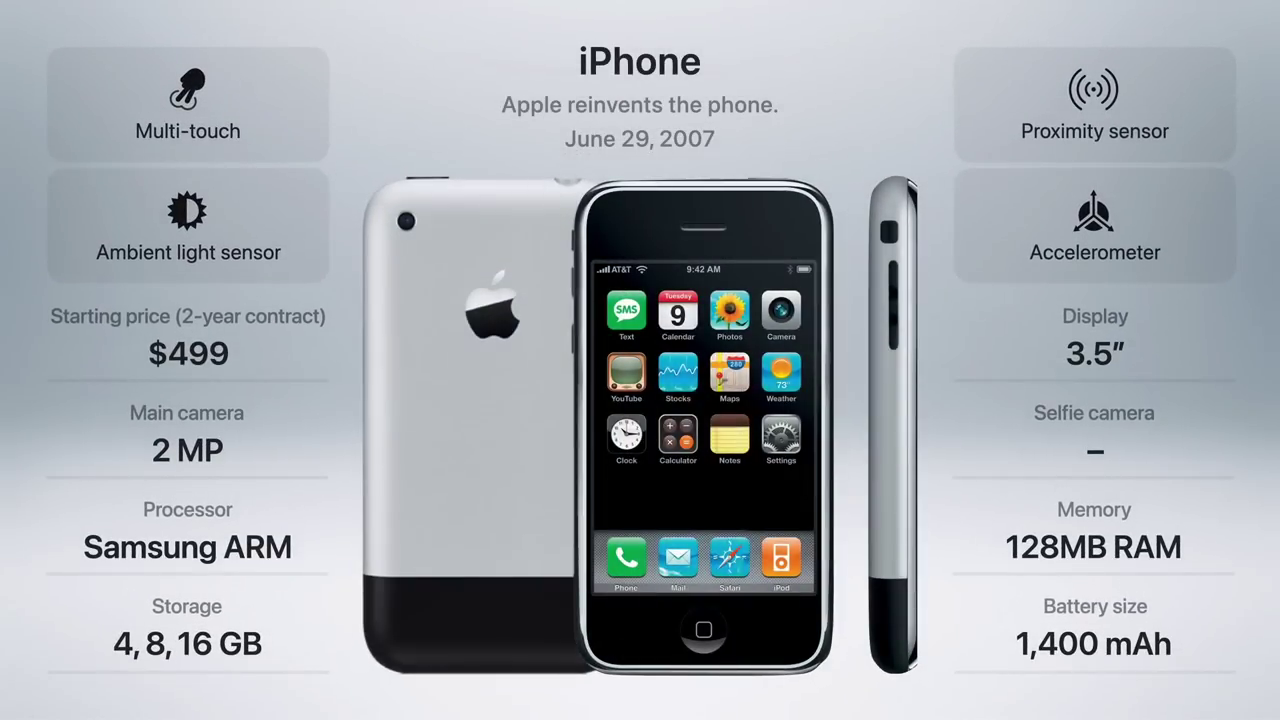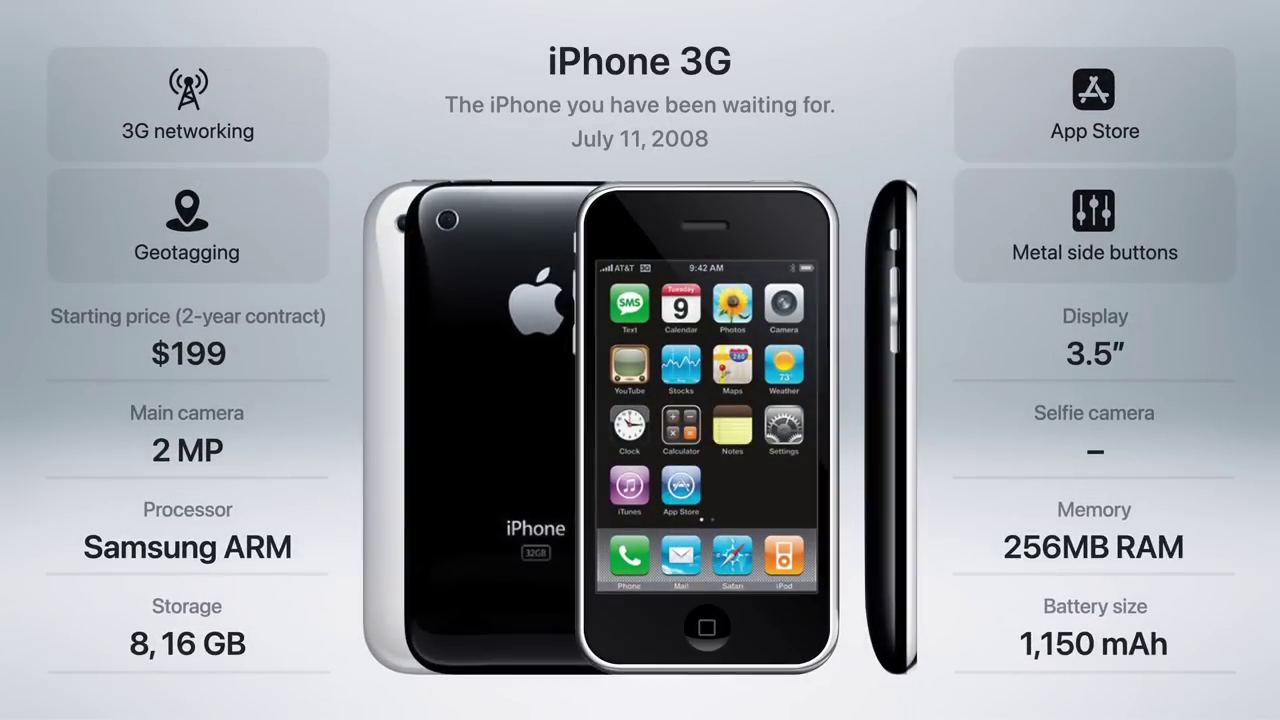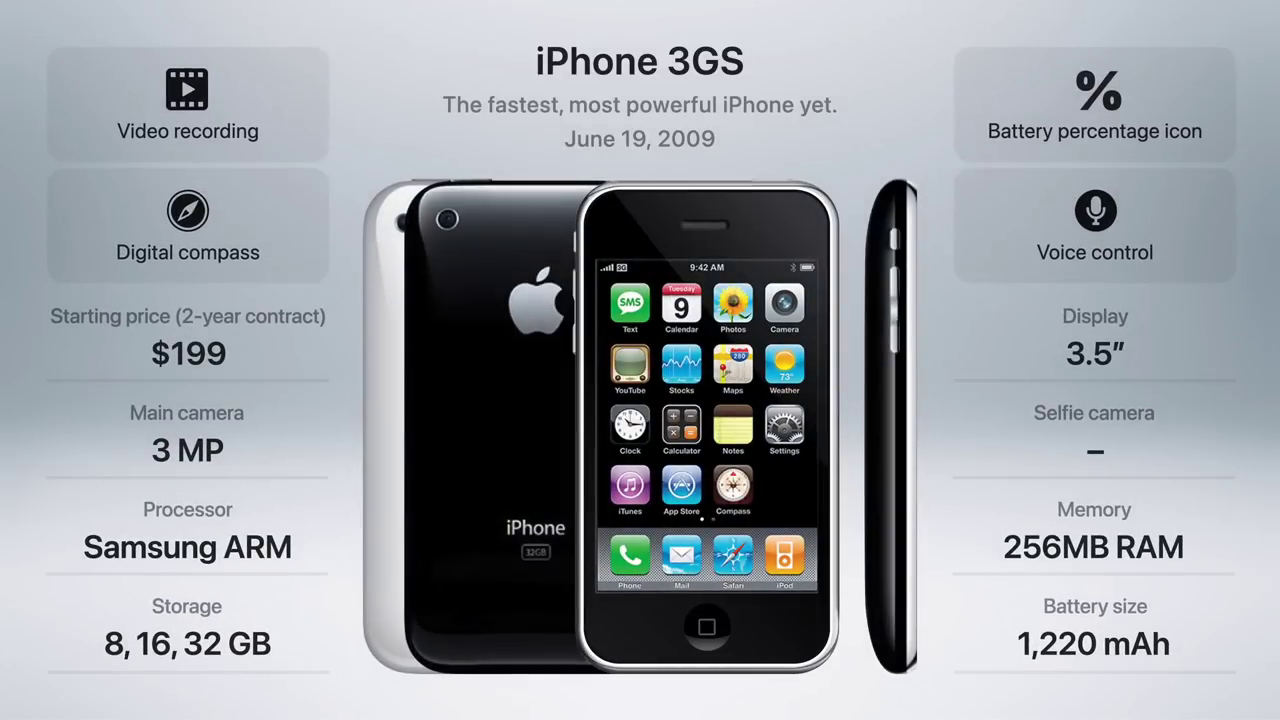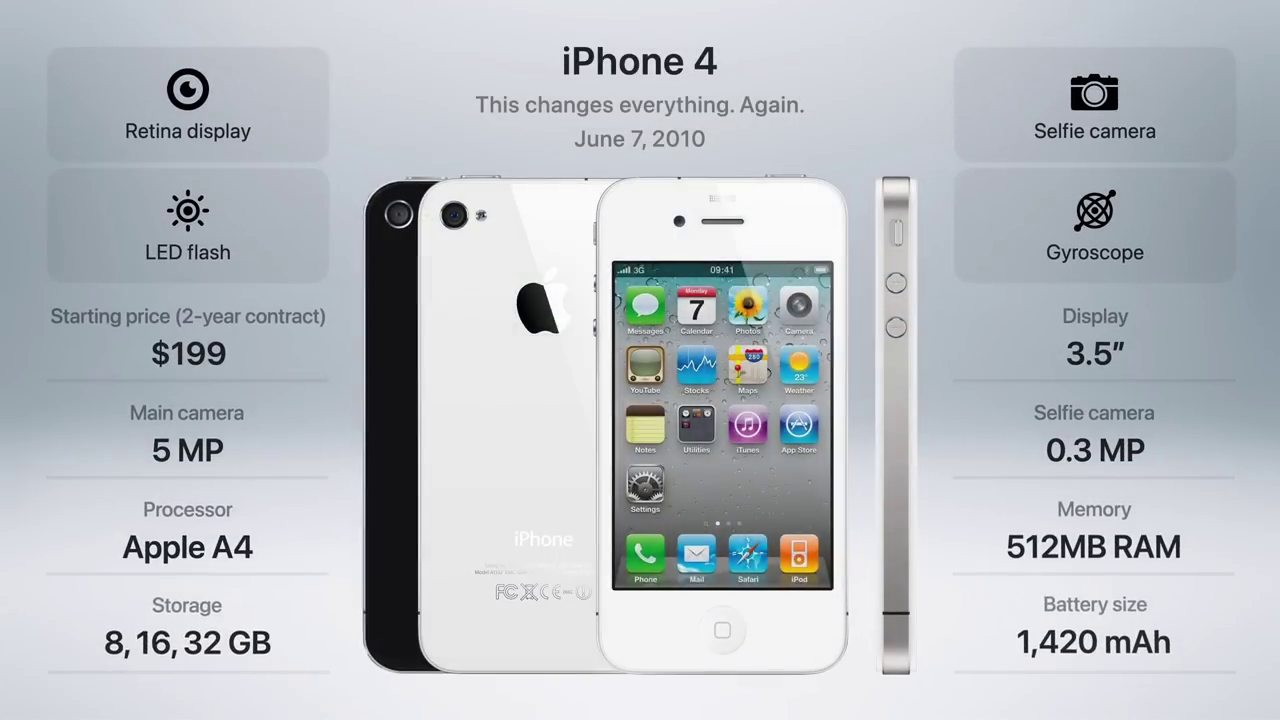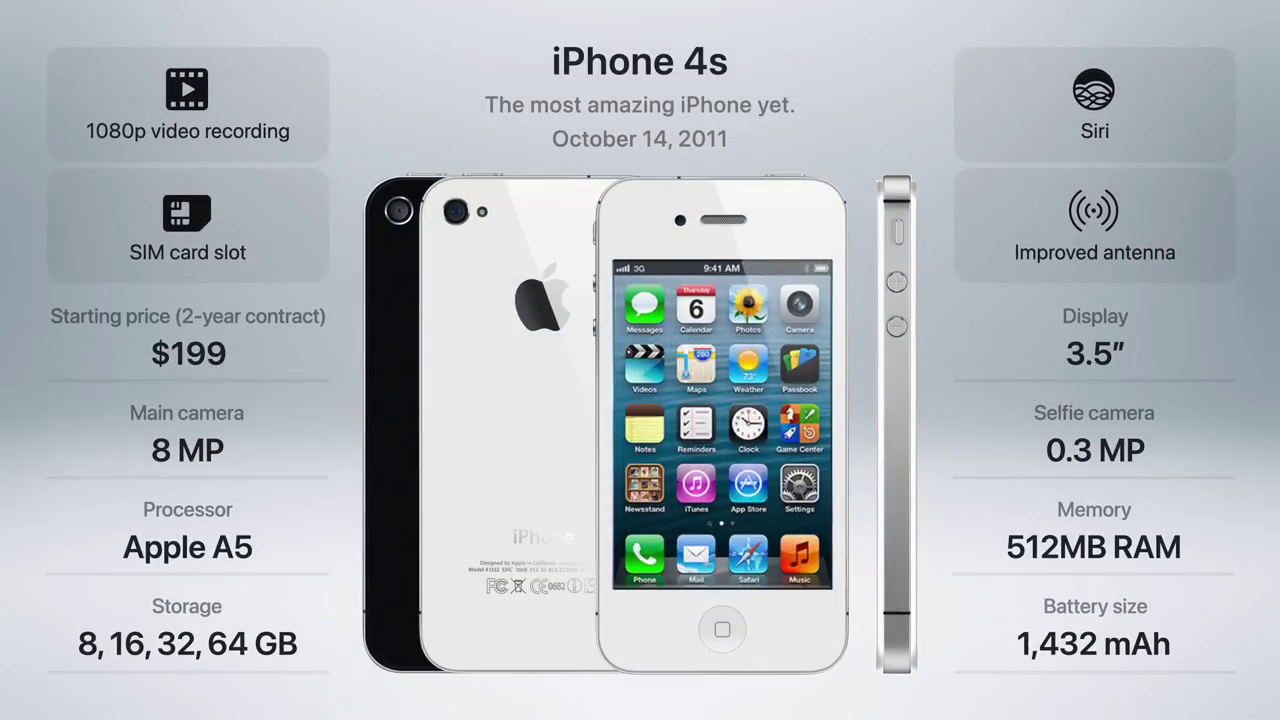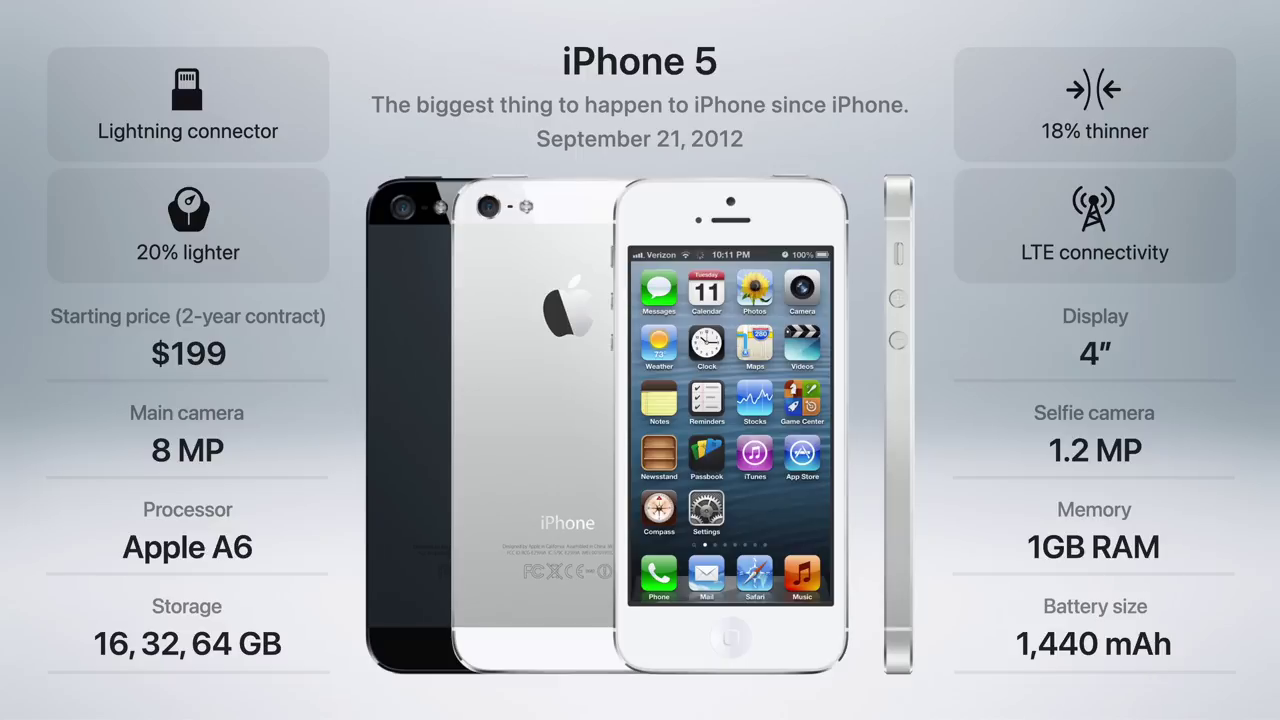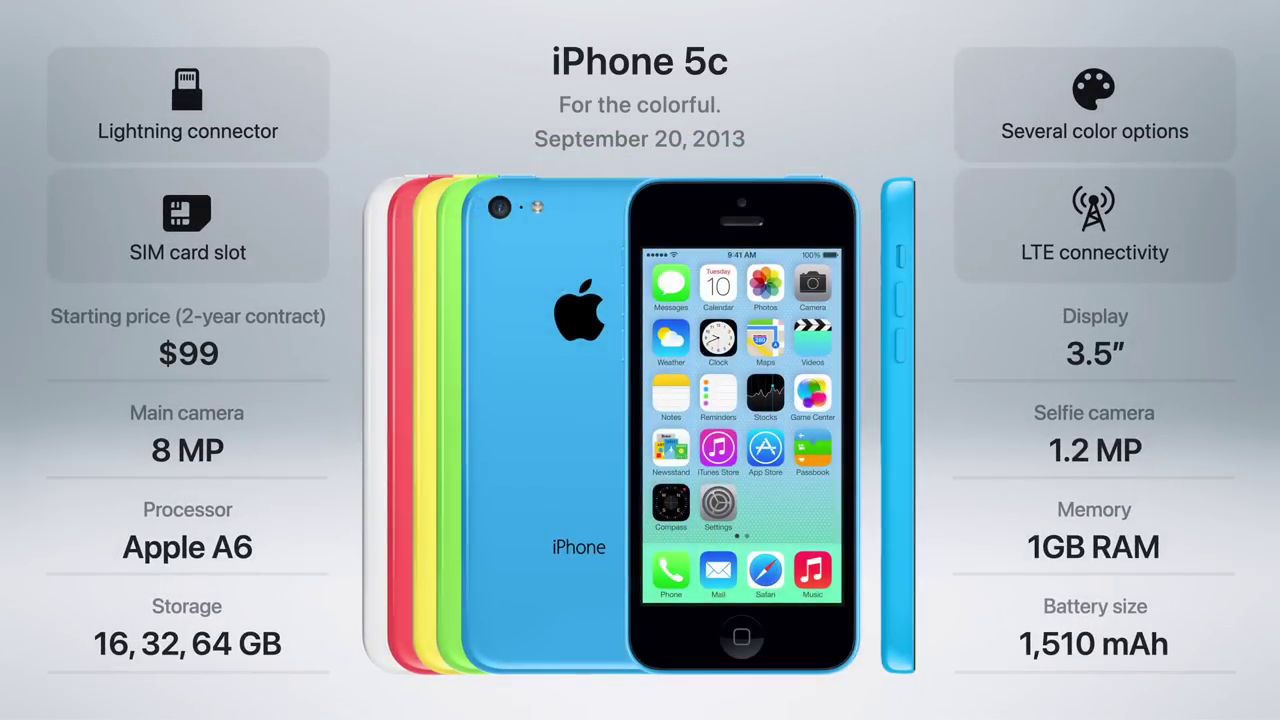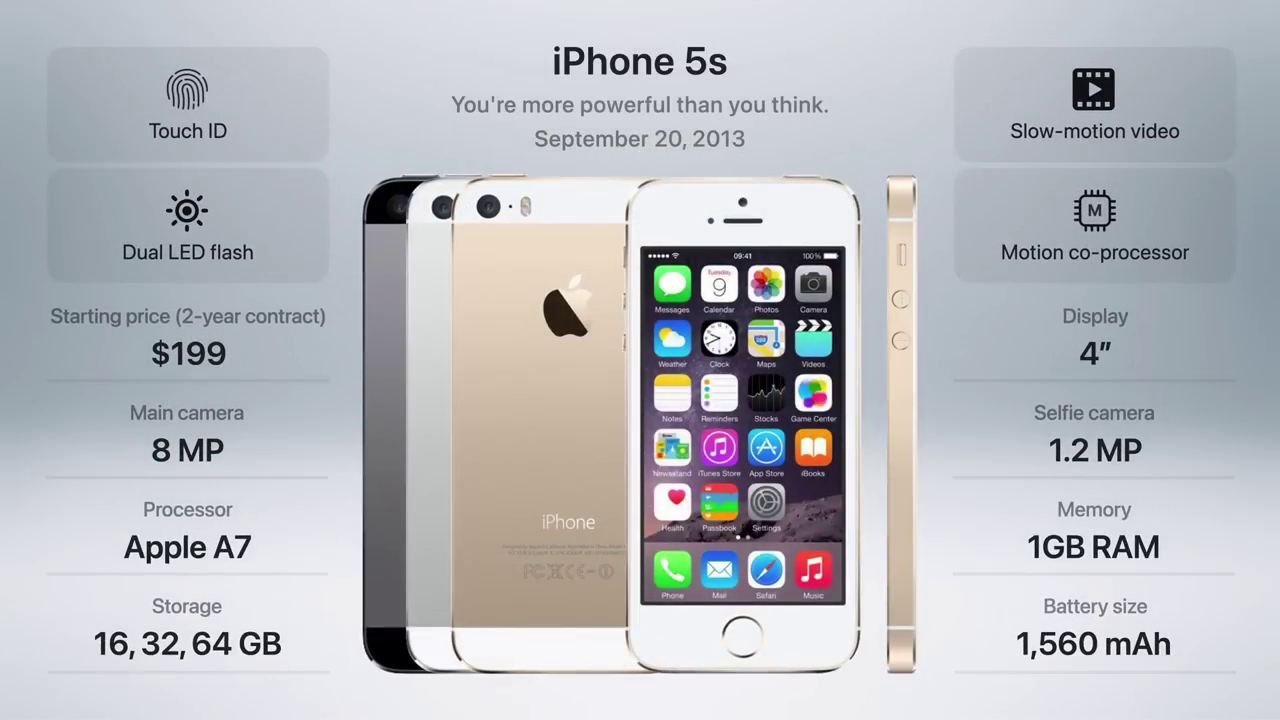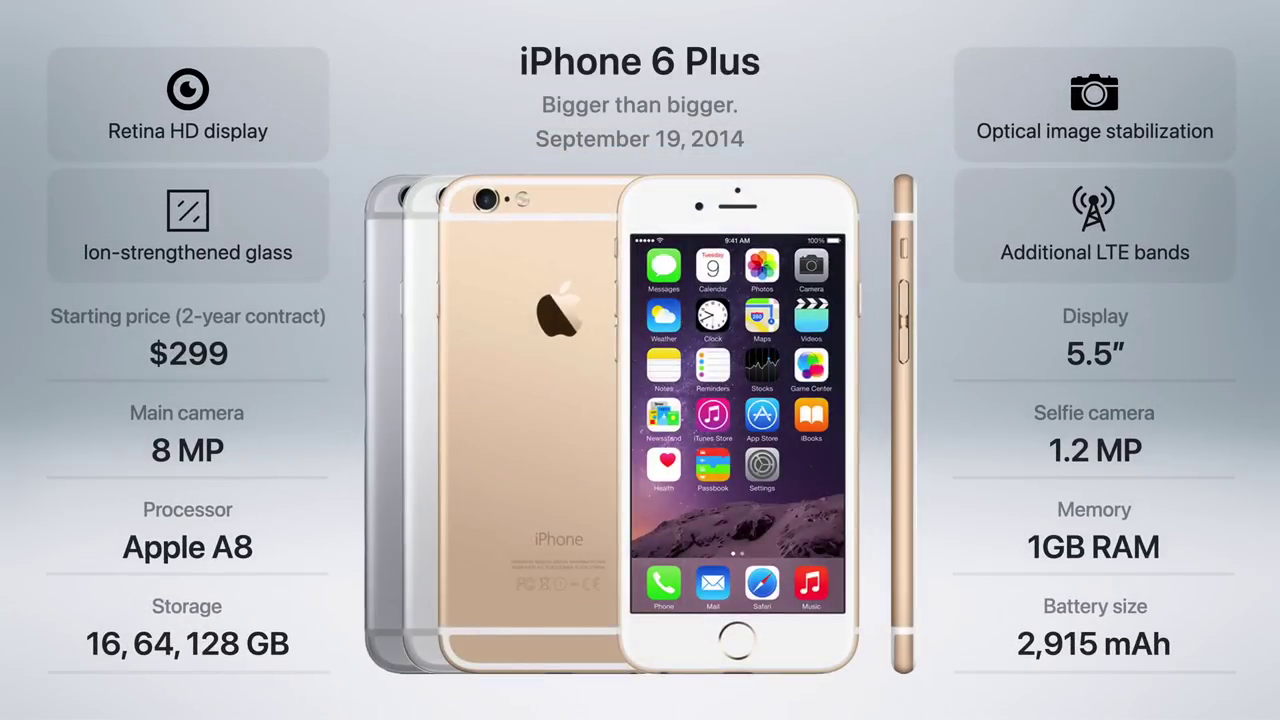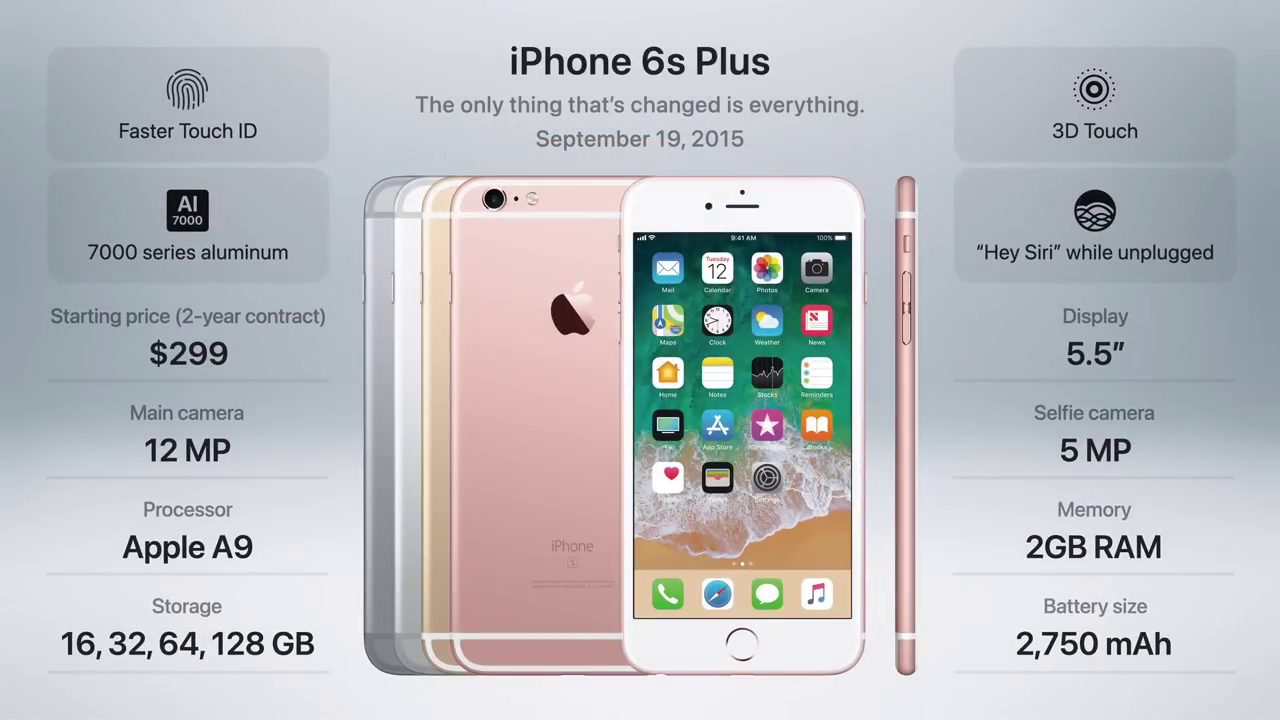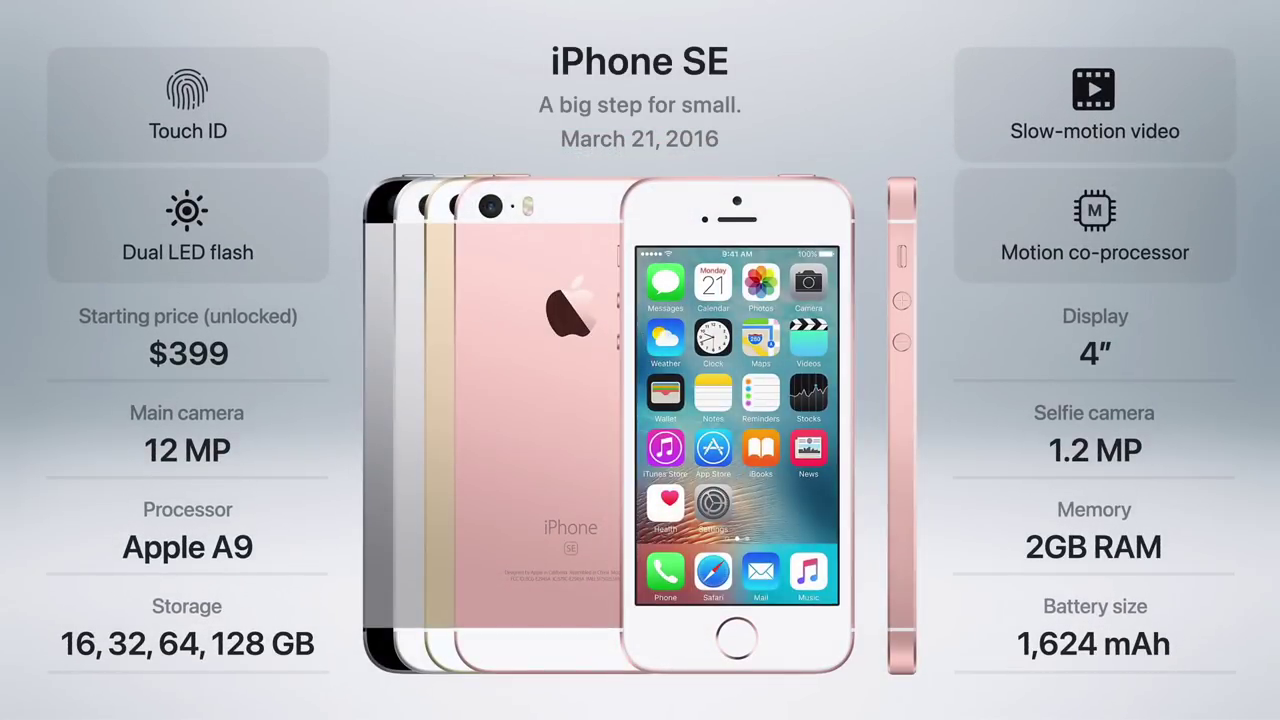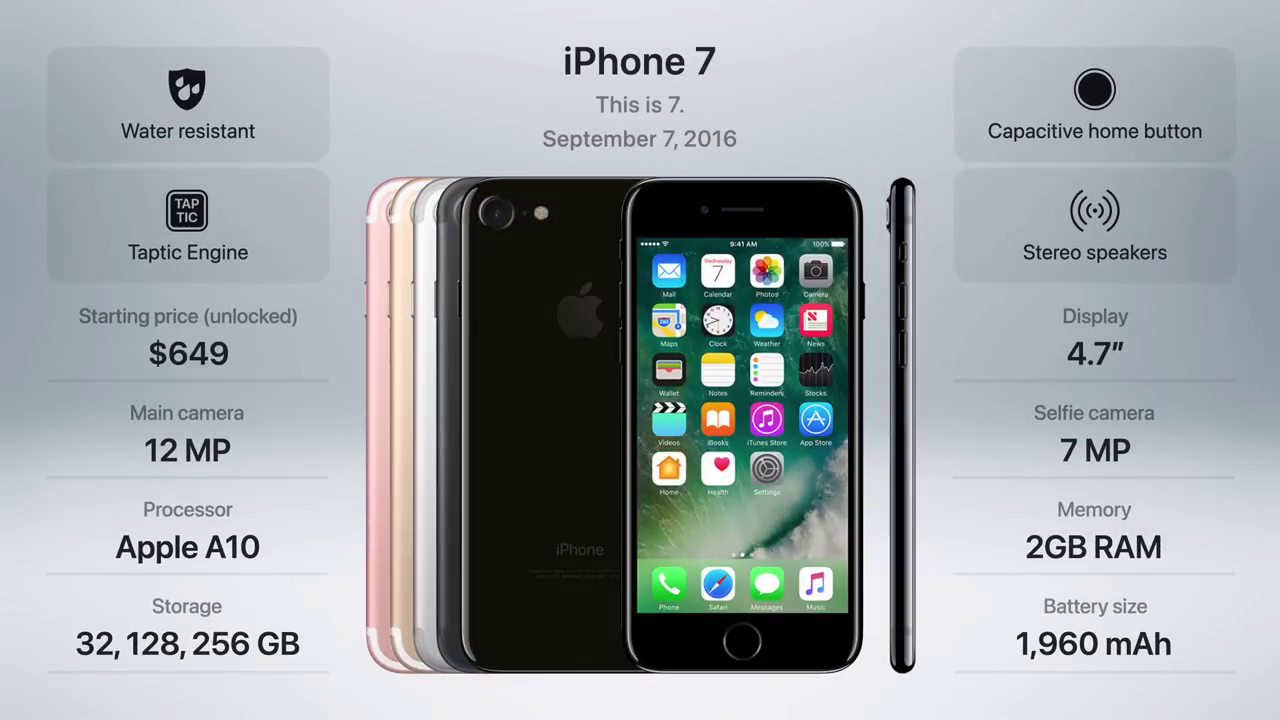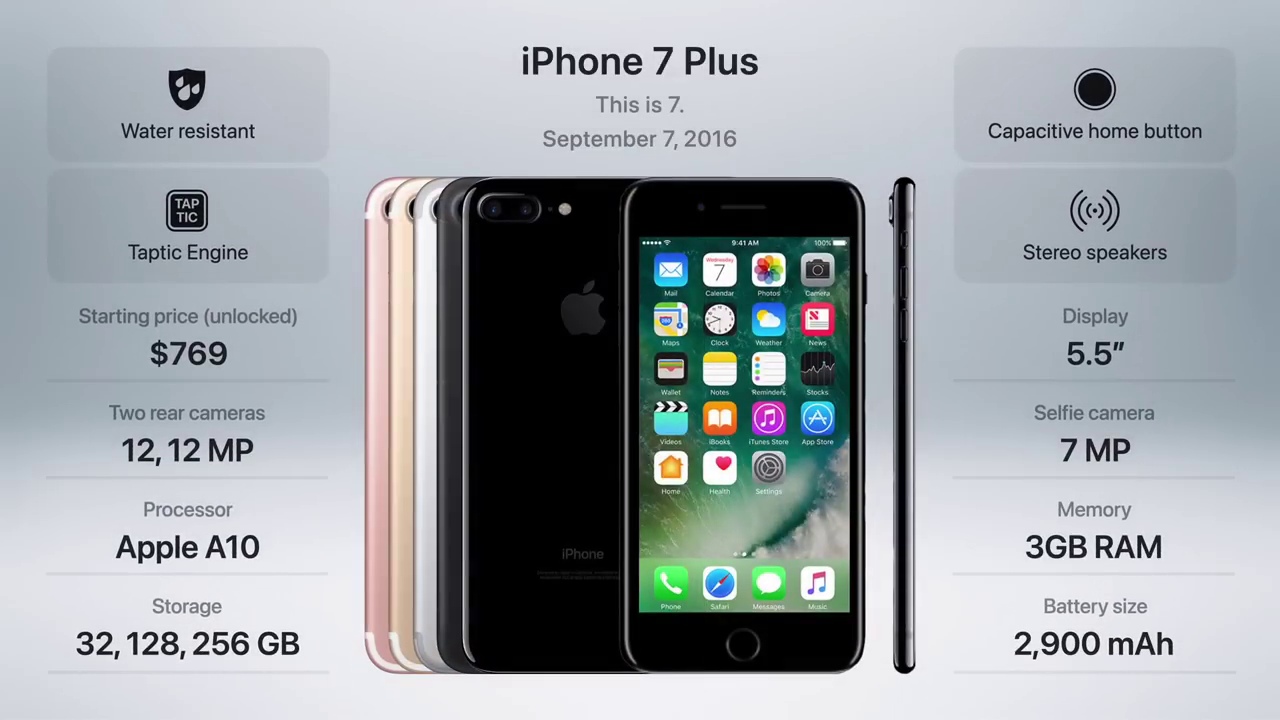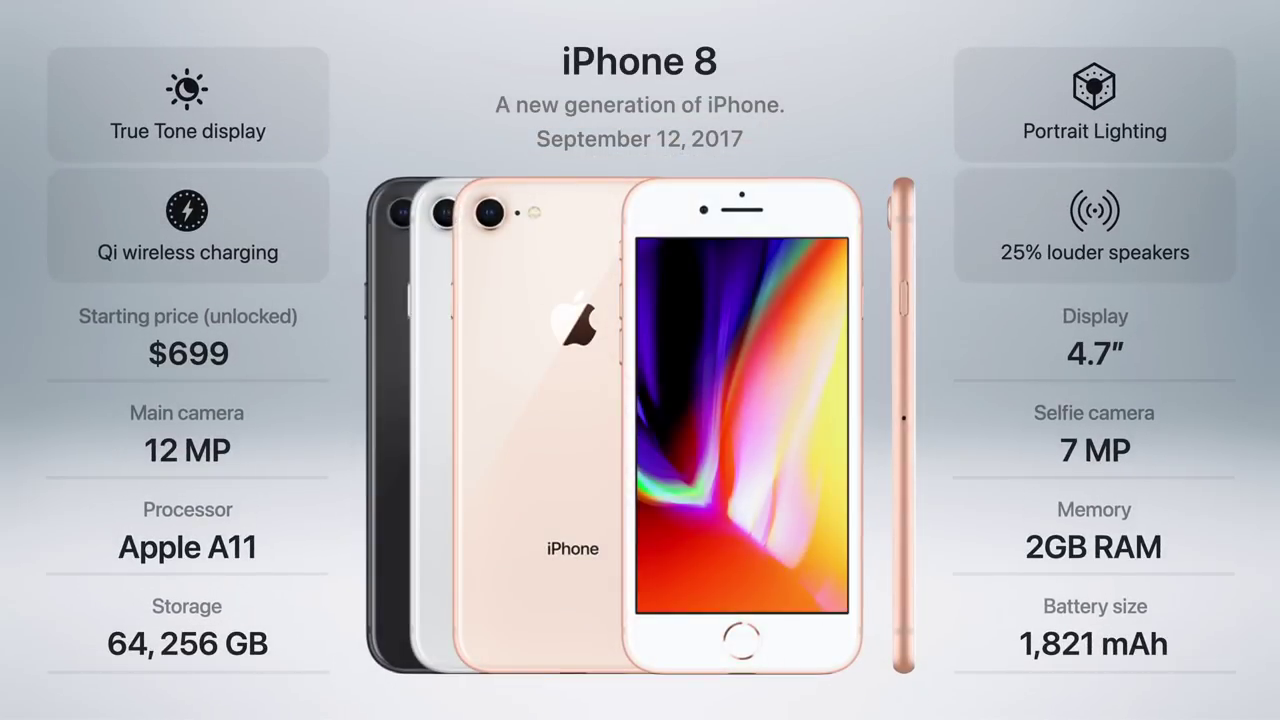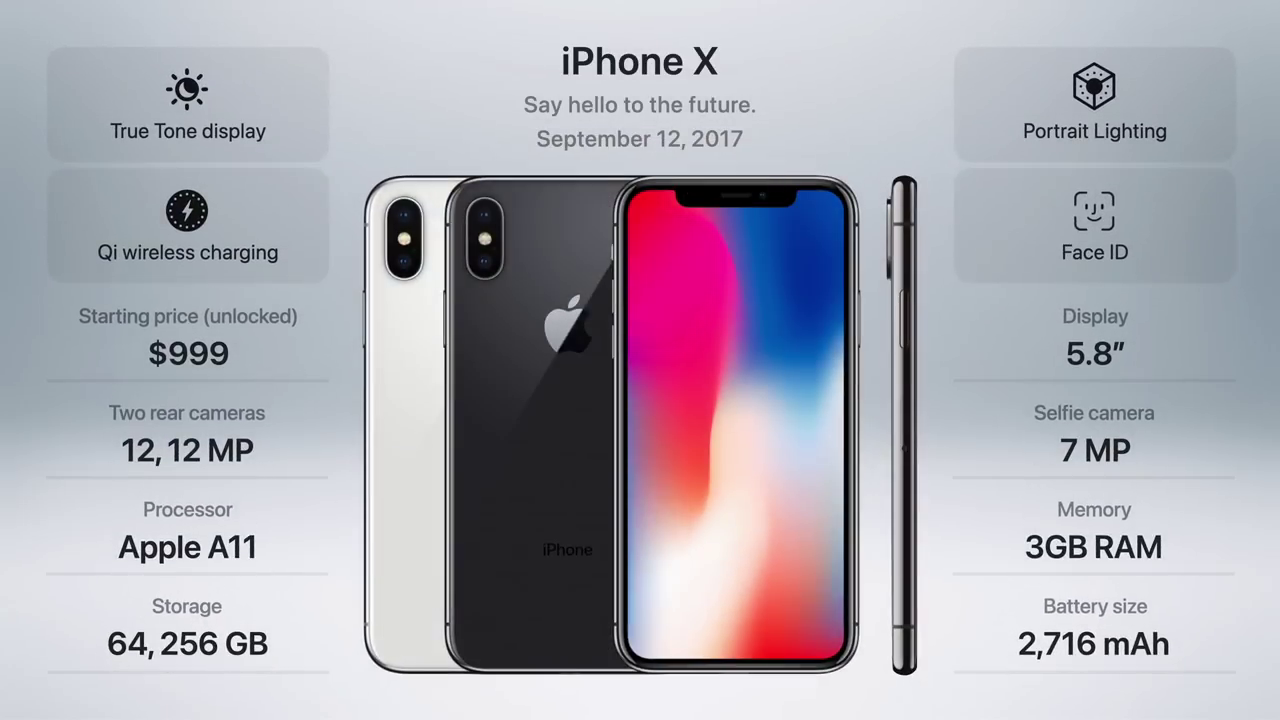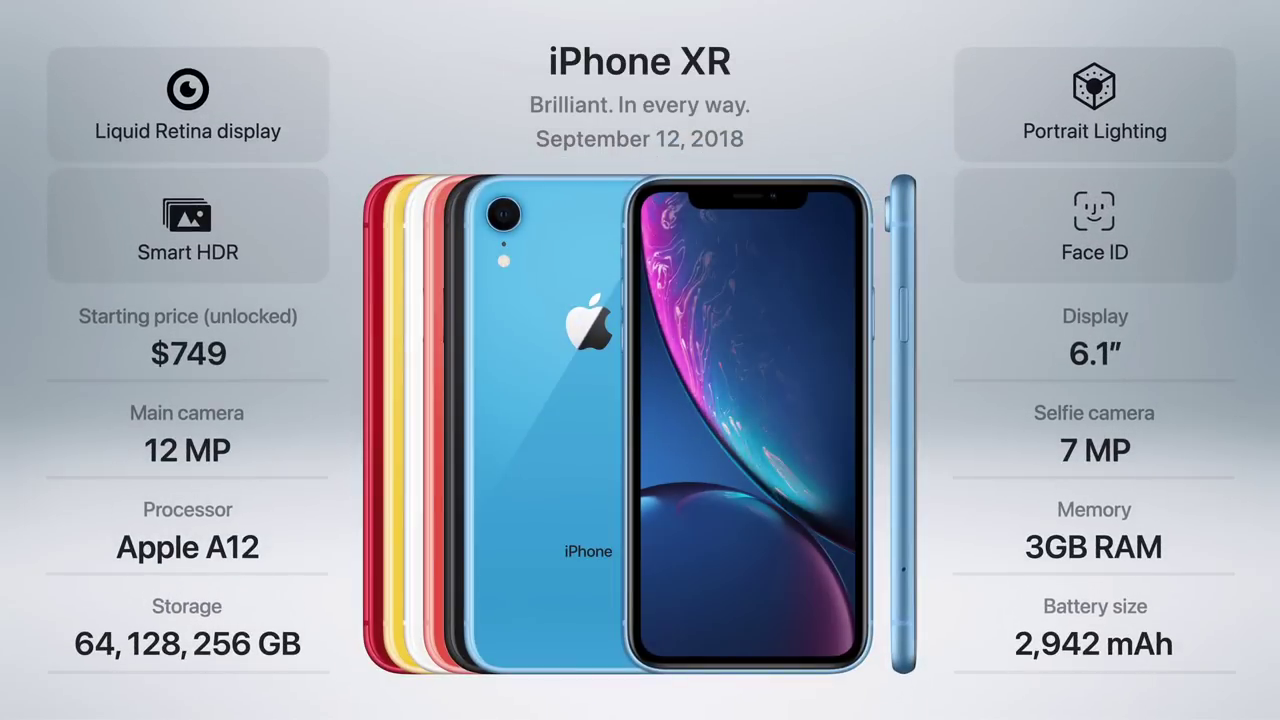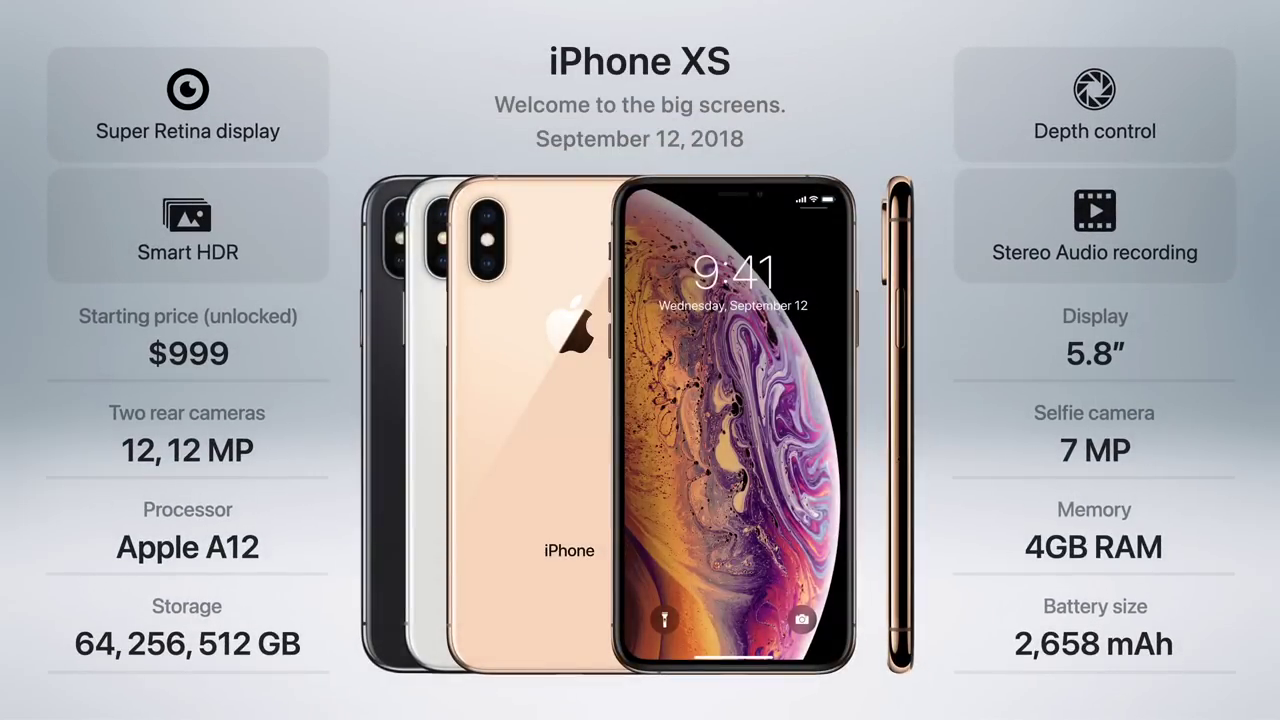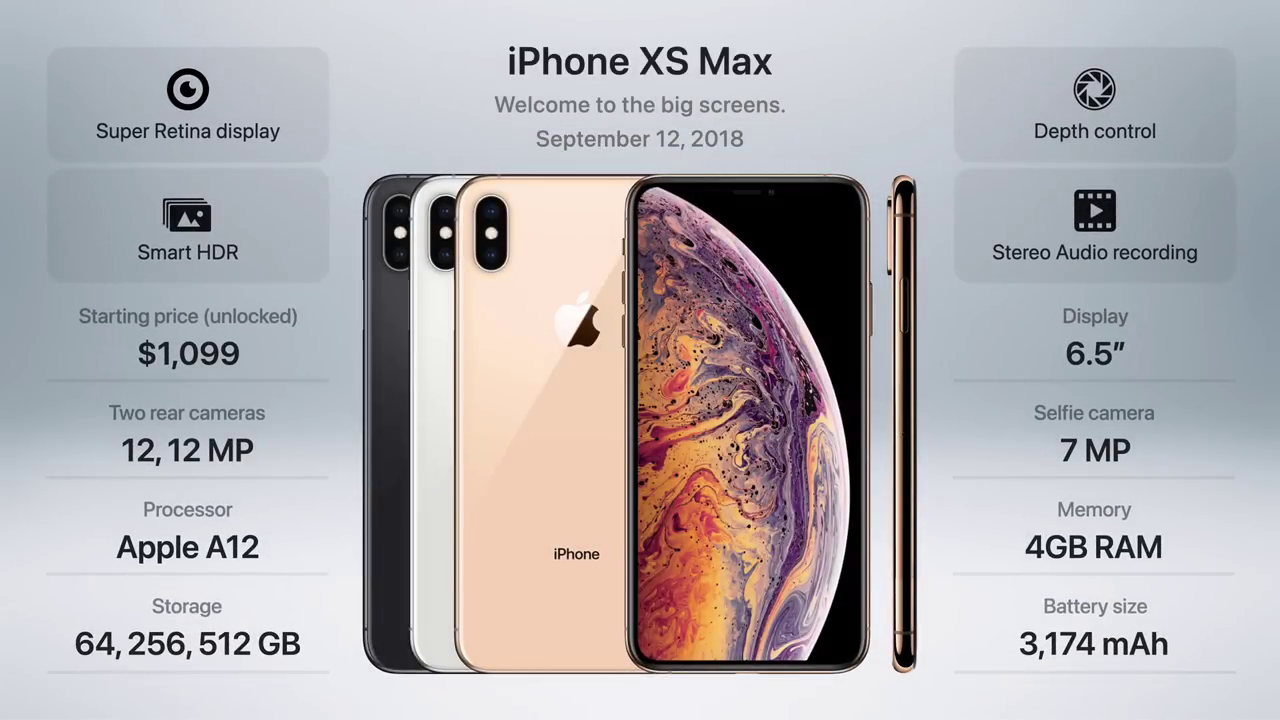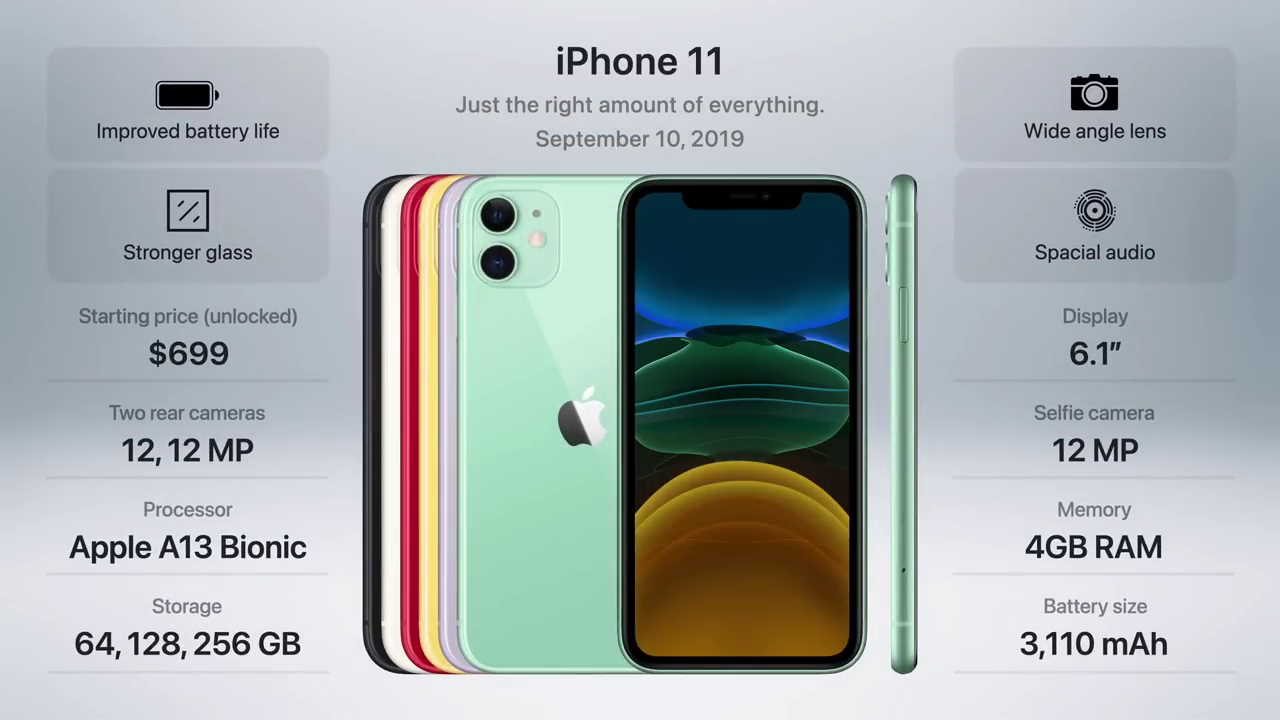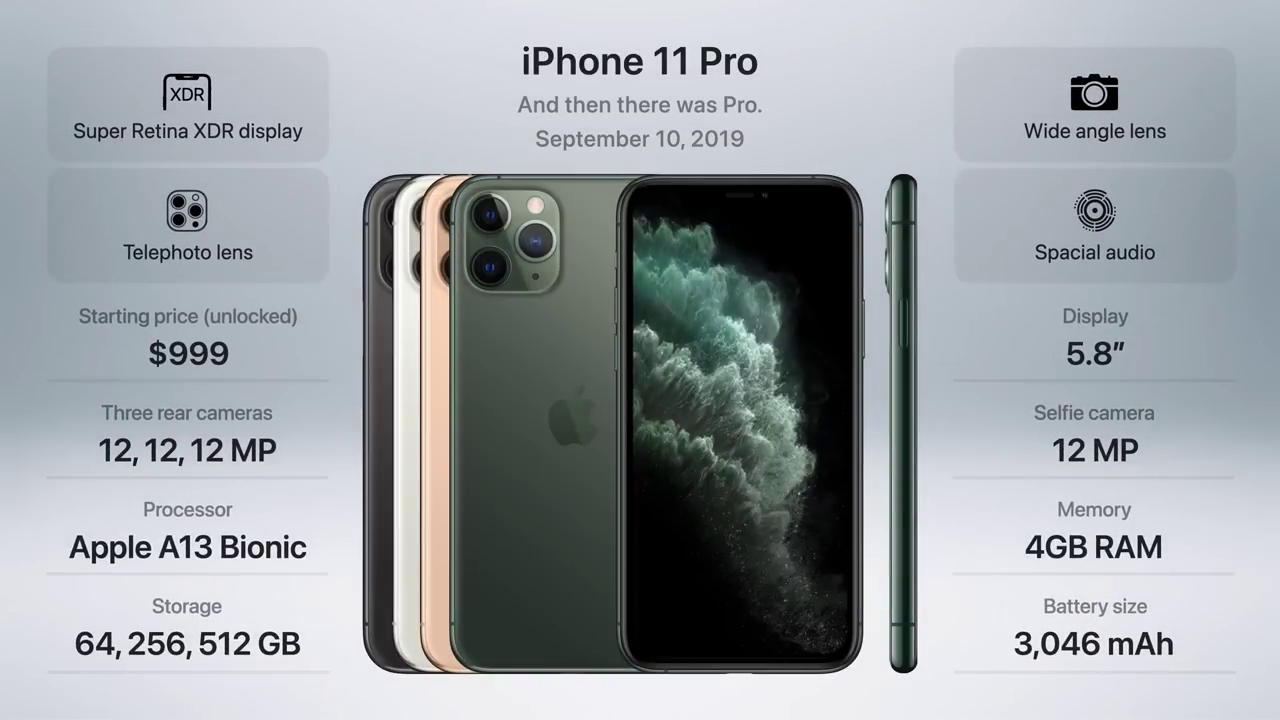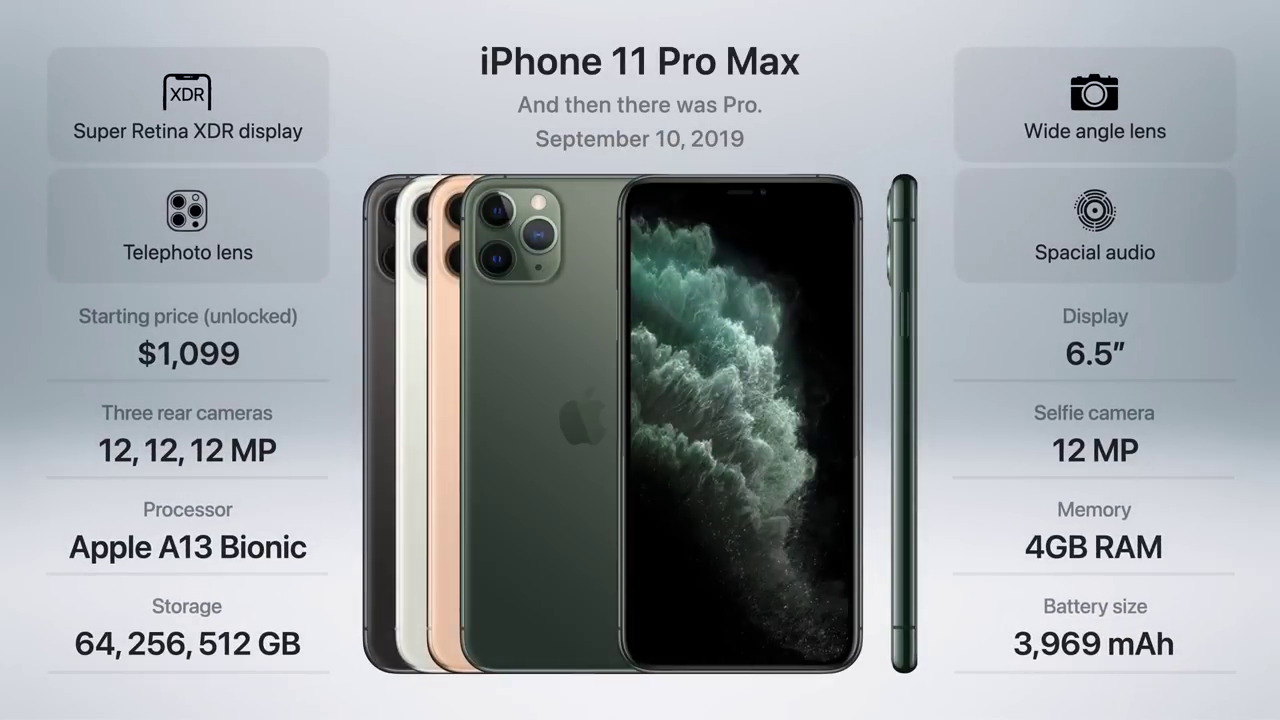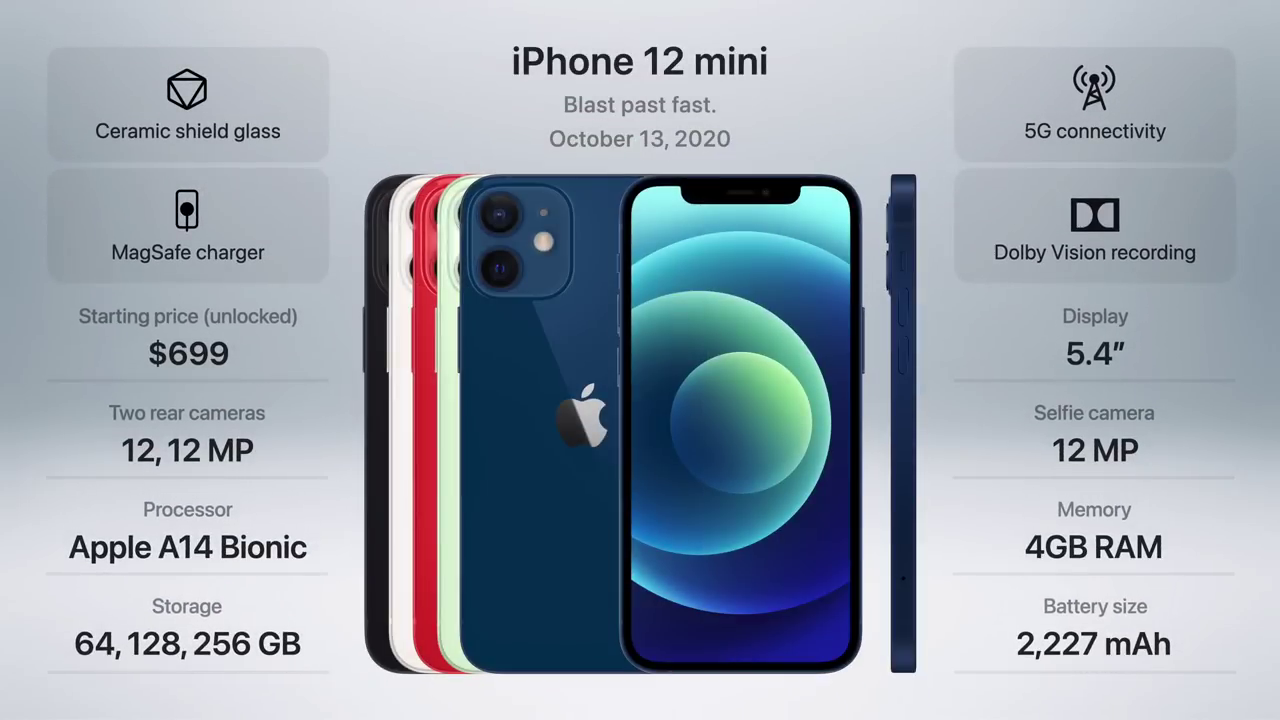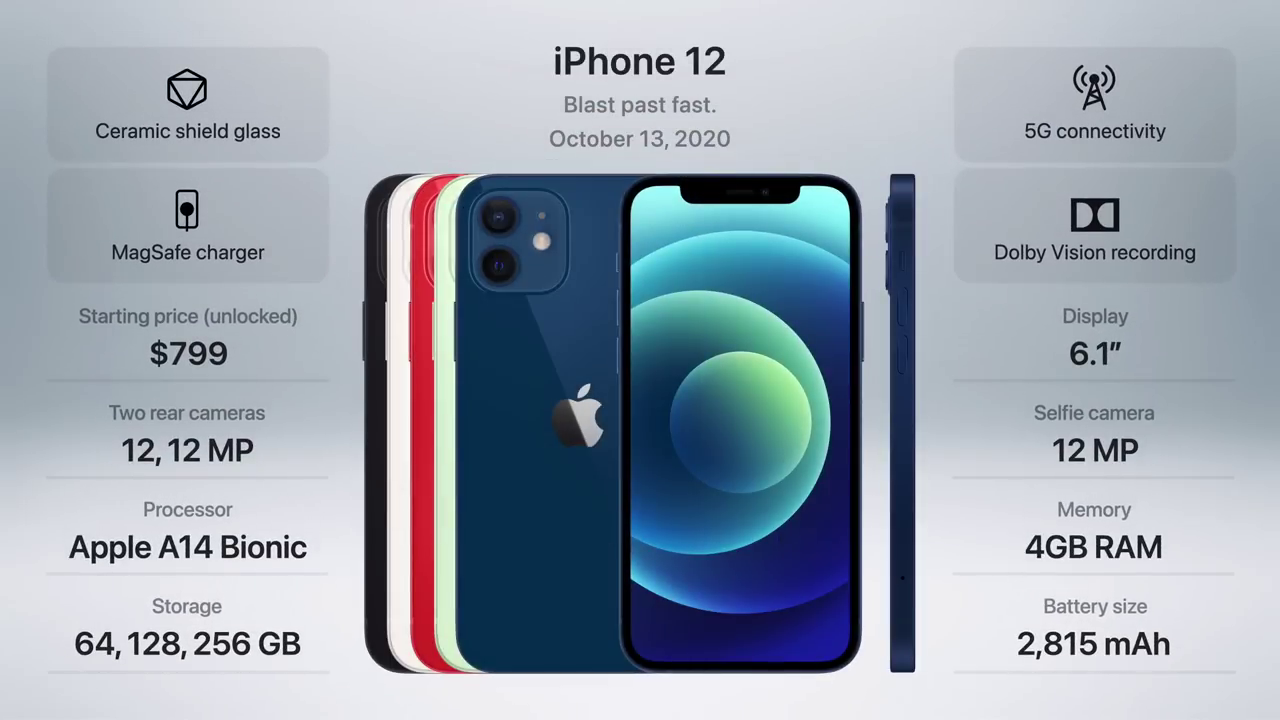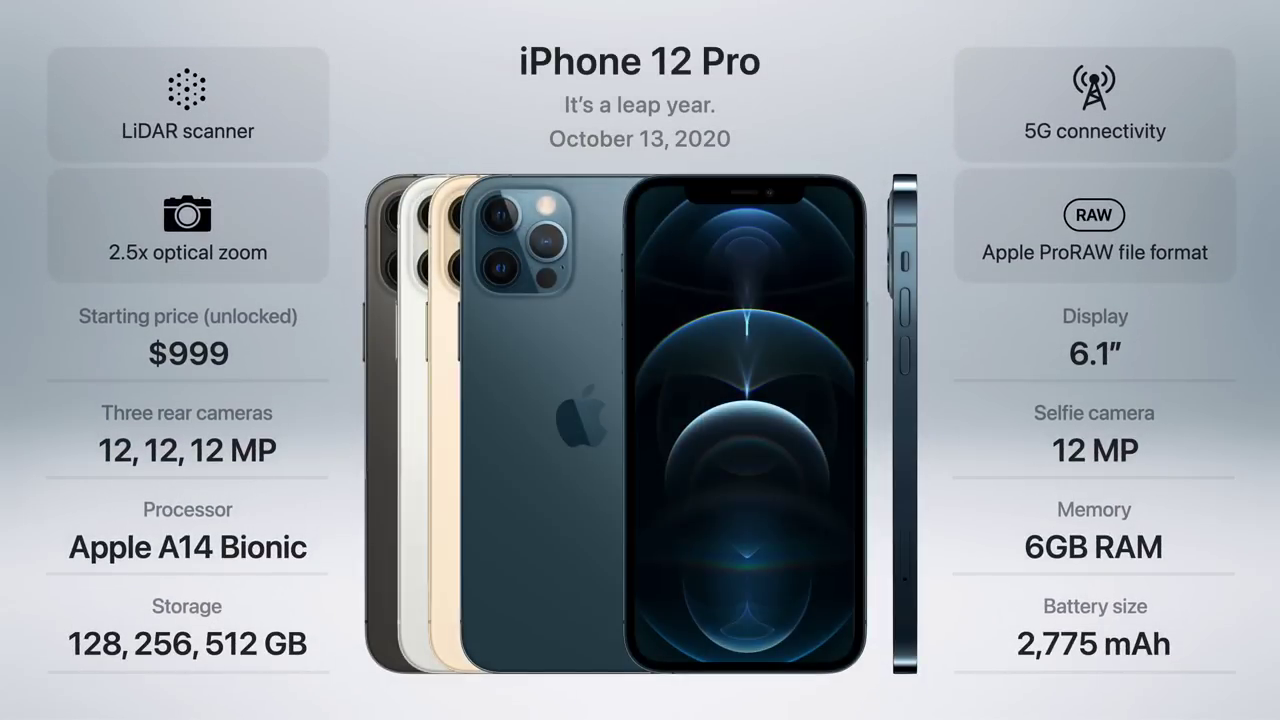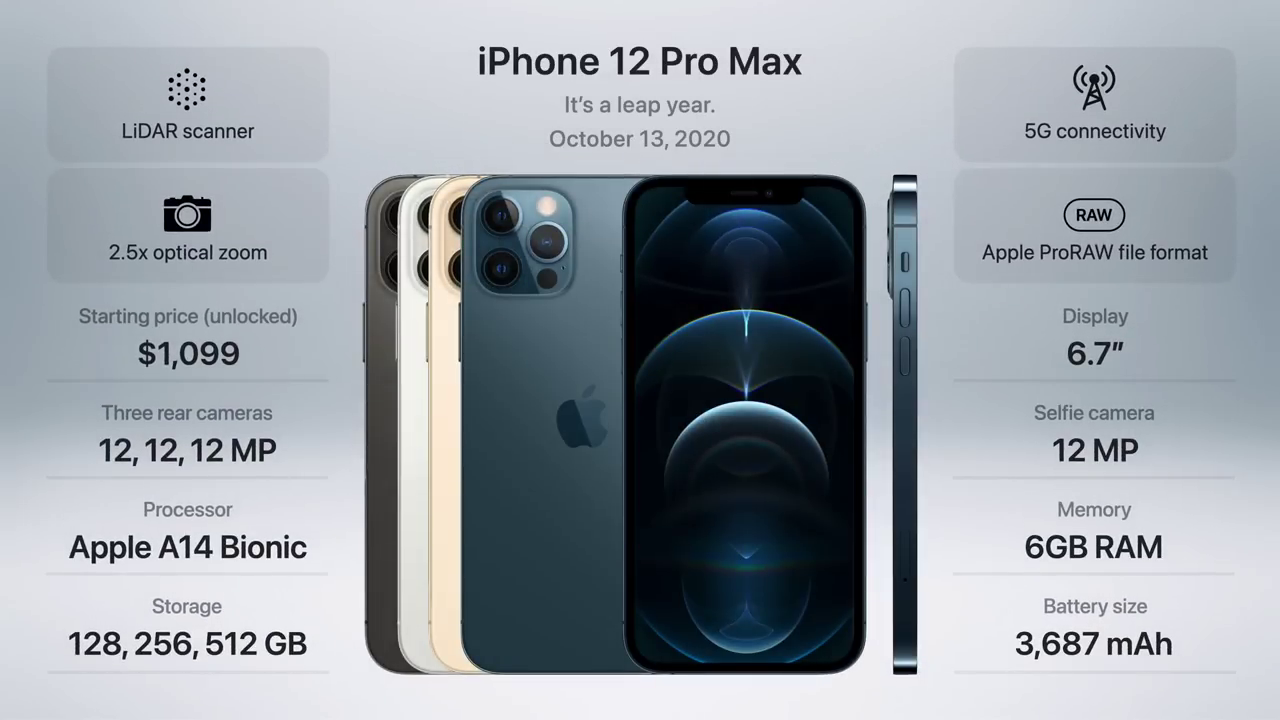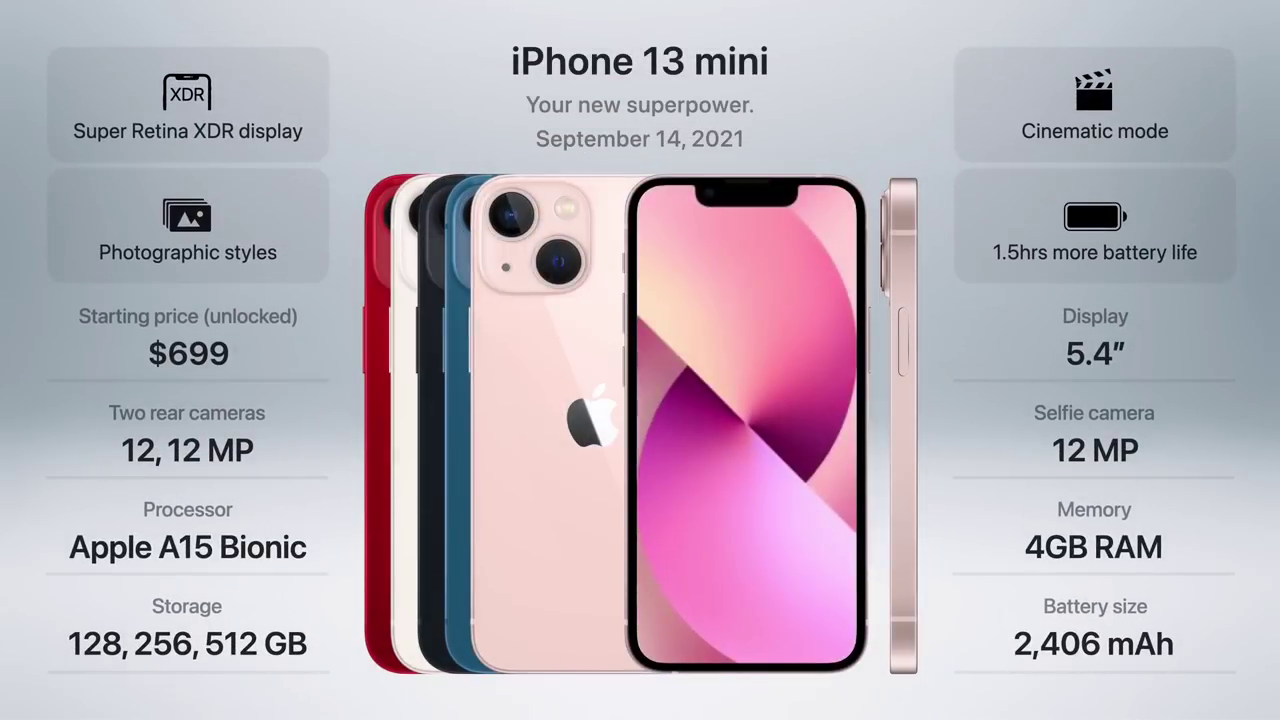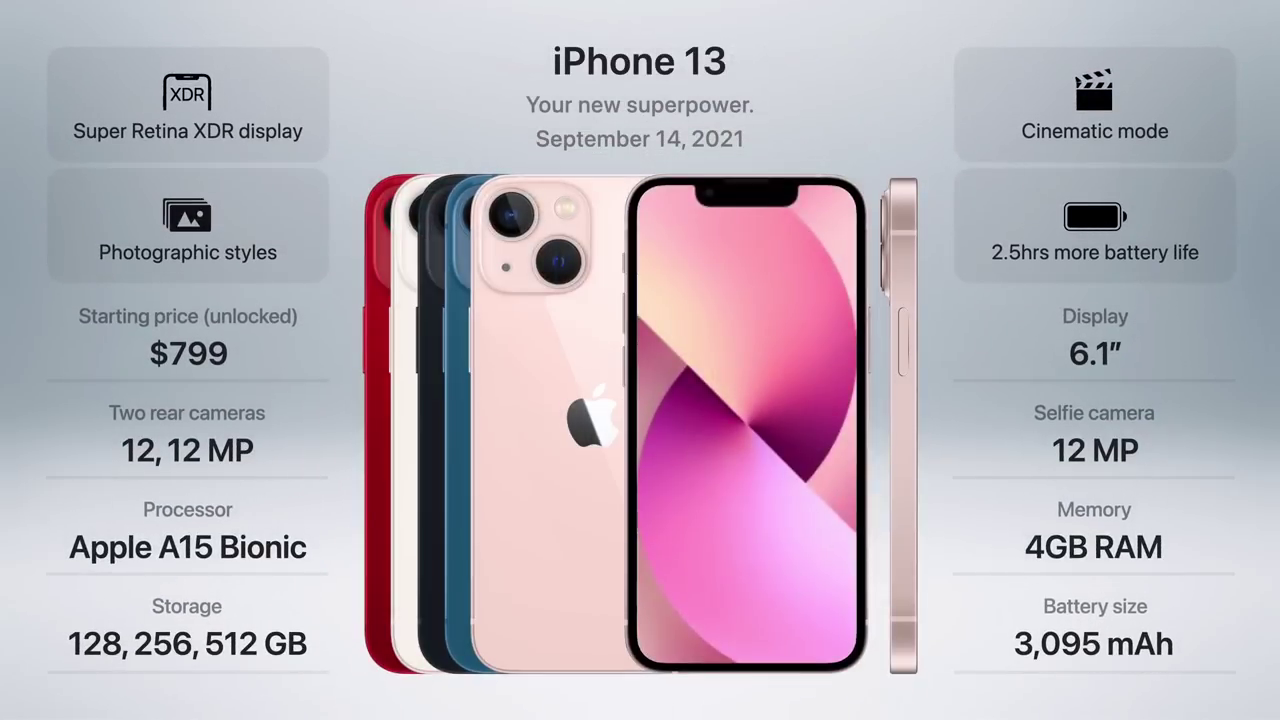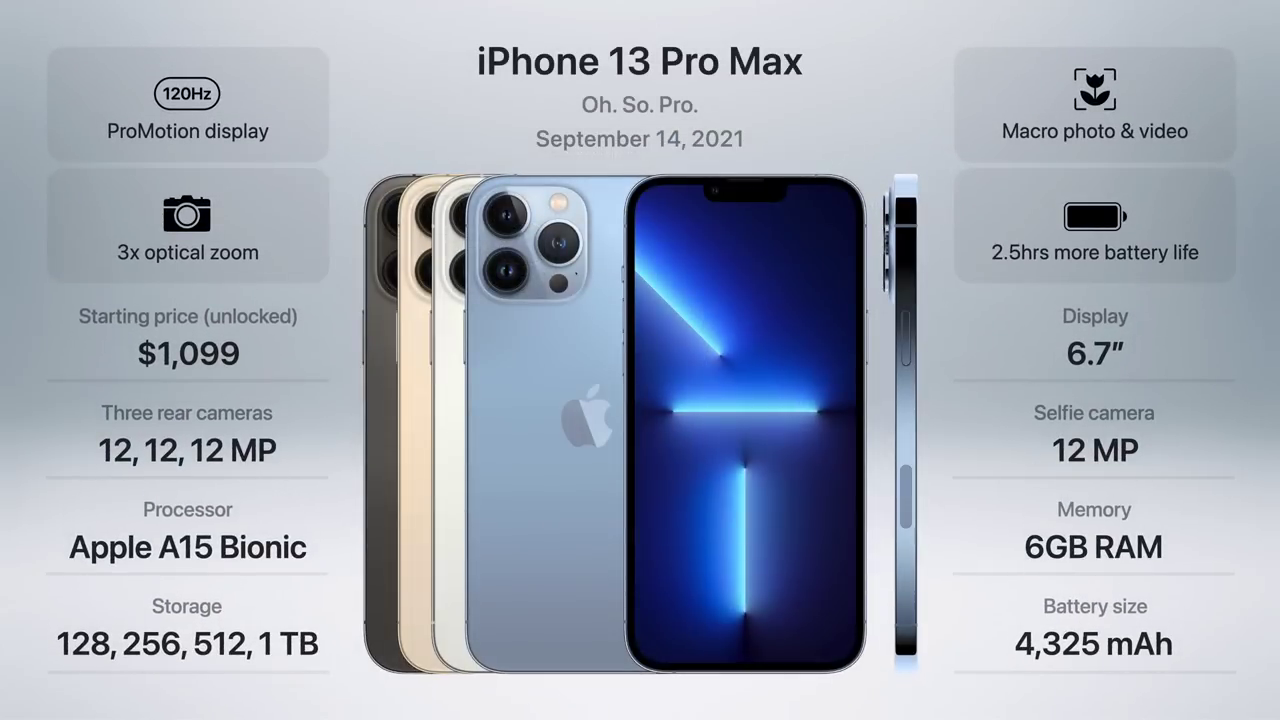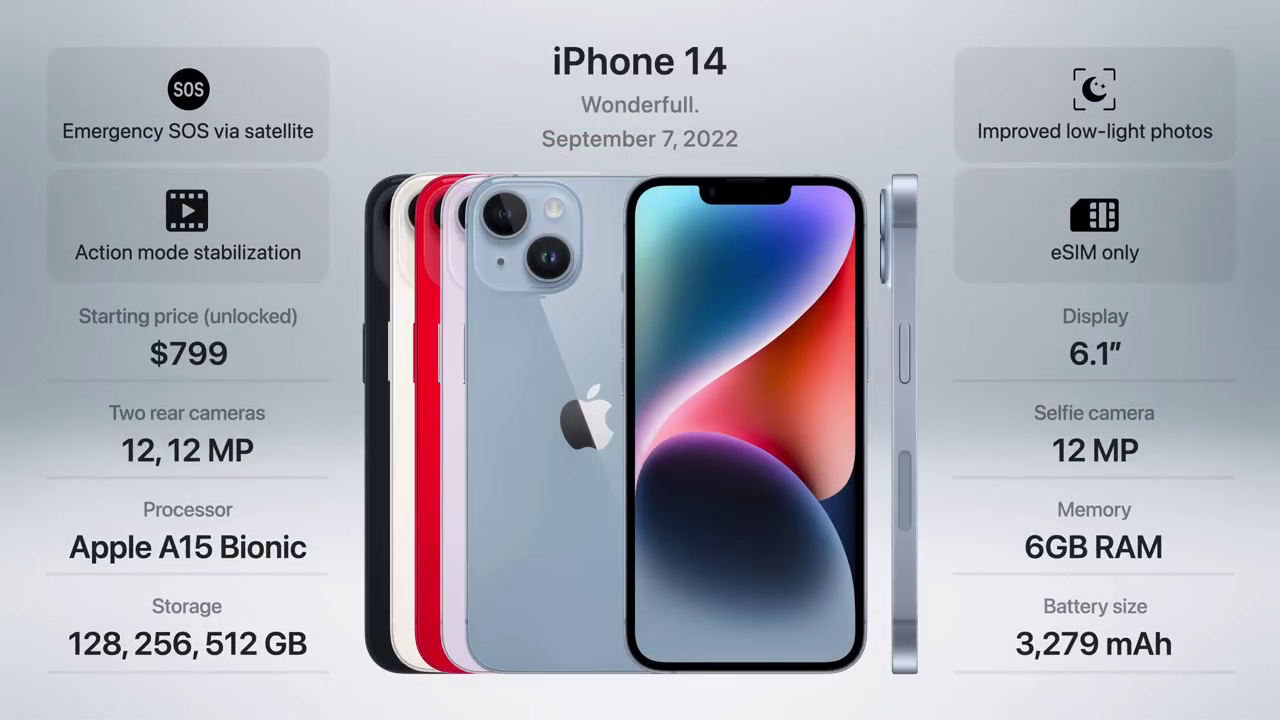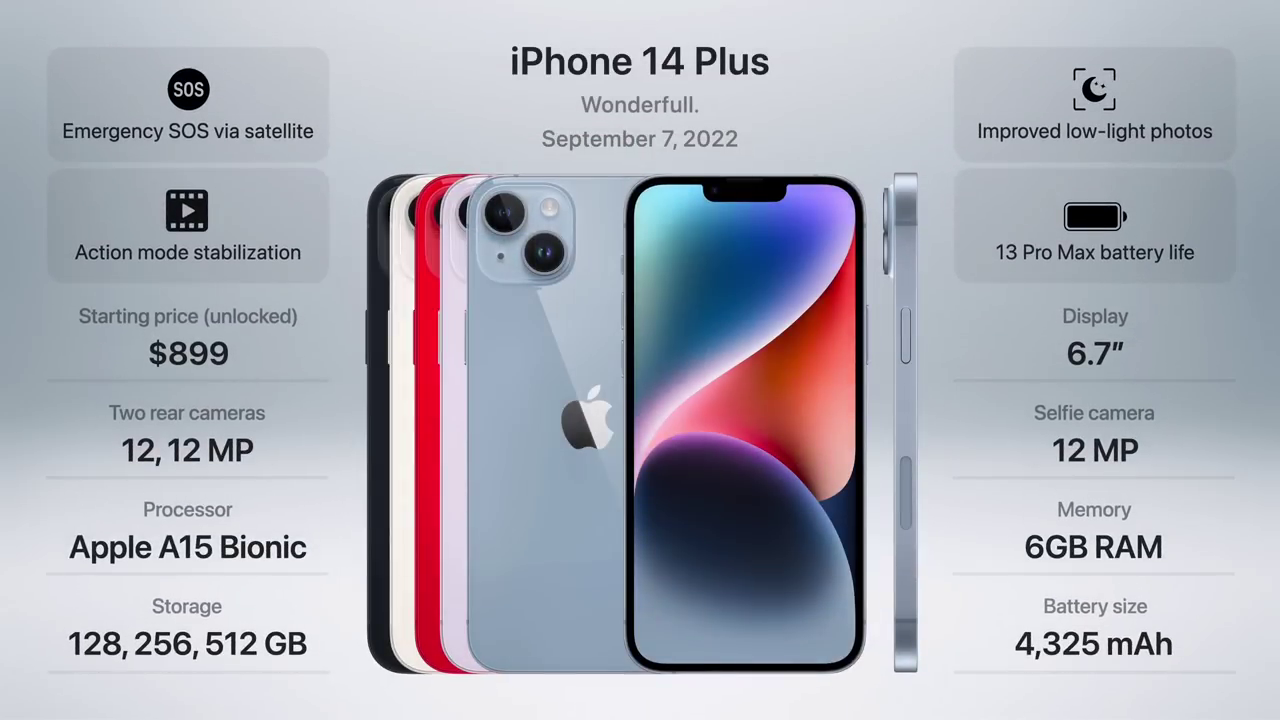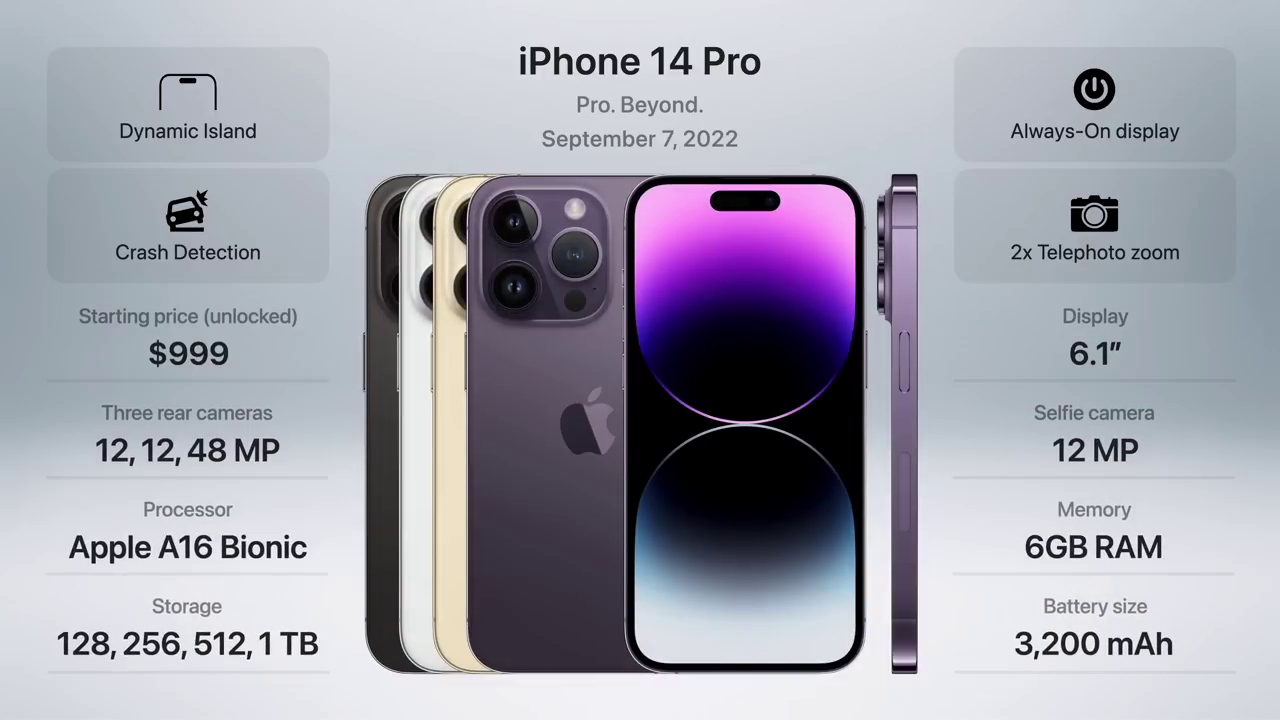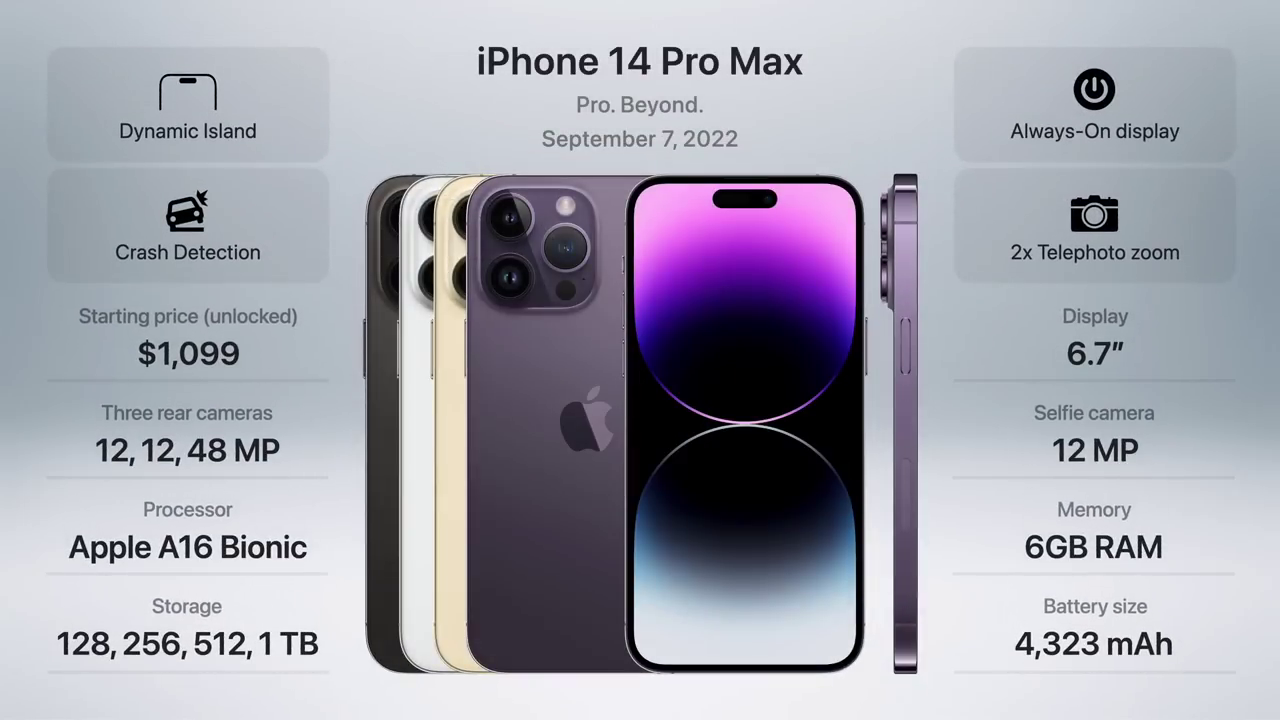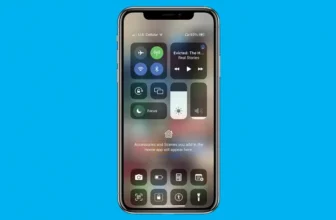All Apple iPhone Comparison (From iPhone 2G to iPhone 16)
The Birth of a Legend: The Original iPhone
The iPhone has become a ubiquitous part of modern life, but it all started with a single device that changed the world. The first iPhone, unveiled at Macworld 2007, marked a revolutionary moment in technology. This iconic device, showcased in a glass case, was introduced with Steve Jobs’ memorable proclamation: “An iPod, a phone, a breakthrough internet communicator. These are not three separate devices, this is one device.”
Apple had indeed created something special. The original iPhone, with its sleek two-tone design and groundbreaking multi-touch screen, was a significant leap forward in mobile technology. Despite its initial limitations—such as the lack of an app store and a recessed headphone jack that limited headphone compatibility—it set the stage for the smartphone era.
All iPhone Models Comparison in Photos
The iPhone 3G and 3GS: Expanding Capabilities
Following the success of the original iPhone, Apple introduced the iPhone 3G in 2008. This model, named for its 3G network compatibility, featured a refined design with a black plastic back and a more tapered shape, making it feel thinner and smoother. Importantly, the iPhone 3G launched with the App Store, opening up a world of possibilities with 500 apps available from the start.
The iPhone 3GS, released in 2009, continued this trend of improvement. While it looked similar to the 3G, it featured significant internal upgrades, including a faster Samsung processor, 256MB of RAM, and a 3-megapixel camera capable of recording video. This model also introduced notable software enhancements such as cut, copy, and paste functionality, as well as video recording, making it a substantial upgrade over its predecessor.
The iPhone 4 and 4S: Design and Performance Revolution
The iPhone 4, unveiled in 2010, is often hailed as one of Apple’s best designs. With its flat glass and stainless steel frame, it was both visually striking and functional. The introduction of the retina display doubled the pixel density, providing a dramatically better visual experience. This model also featured the first Apple-branded chip, the A4, enabling multitasking and improving performance significantly.
However, the iPhone 4 also faced challenges, notably the “antennagate” issue, where holding the phone in a certain way could cause signal loss. Apple’s solution, offering free bumper cases, became a memorable part of its history. Despite this, the iPhone 4 broke sales records and solidified Apple’s reputation for innovation.
The iPhone 4S, released in 2011, built on the iPhone 4’s success with internal upgrades and the introduction of Siri, Apple’s voice-activated assistant. This model featured an improved 8-megapixel camera and better antenna design, addressing the issues of its predecessor while enhancing performance and usability.
The iPhone 5 Series: Bigger and Better
The iPhone 5, launched in 2012, brought the first significant increase in screen size, moving to a 4-inch display. This model also introduced the lightning port, replacing the 30-pin connector, and was the first iPhone to support LTE. With its more industrial design, featuring more metal, the iPhone 5 was both durable and aesthetically pleasing. Despite the initial controversy over the new Apple Maps app, the iPhone 5 saw tremendous success, selling out 20 times faster than its predecessors.
In 2013, Apple released two versions: the iPhone 5S and the iPhone 5C. The iPhone 5S continued the path of premium design and performance, starting at $649, while the iPhone 5C offered a more affordable, colorful alternative aimed at a broader audience. These models marked a pivotal moment in Apple’s strategy, catering to different market segments with their flagship and budget-friendly options.
Looking Ahead
This retrospective covers the early years of the iPhone, highlighting the key innovations and milestones that have defined its evolution. Each model brought new features and improvements, building on the legacy of its predecessors and shaping the future of smartphones. Stay tuned for the next part of our journey through iPhone history, where we will explore the advancements and challenges from the iPhone 6 to the latest iPhone 13 lineup.
The Evolution of the iPhone: Touch ID to Face ID
Introduction to the Early Years
The iPhone’s journey began with groundbreaking innovation and a vision to revolutionize mobile technology. The initial models set the foundation for a future where smartphones became an integral part of daily life.
The Introduction of Touch ID and the iPhone 5S
The iPhone 5S marked a significant milestone with the introduction of Touch ID. This fingerprint recognition feature, embedded in the home button, enhanced security and user convenience. Alongside, the iPhone 5C offered a more affordable and colorful alternative, albeit with a plastic body reminiscent of the iPod aesthetic.
iPhone 6 and 6 Plus: Bigger Screens and New Challenges
With the iPhone 6 and 6 Plus, Apple transitioned to larger screens, responding to market trends favoring bigger displays. The 4.7-inch iPhone 6 and 5.5-inch iPhone 6 Plus introduced the “Retina HD” displays, reshaping user expectations. However, the move to larger, thinner phones also led to structural challenges, most notably the “Bendgate” controversy.
iPhone 6S and 6S Plus: Strengthening and Innovating
Addressing the durability issues of its predecessors, the iPhone 6S and 6S Plus featured reinforced 7000 series aluminum. They also doubled the RAM to 2GB and introduced 3D Touch, a pressure-sensitive technology that allowed different interactions based on the intensity of touch. Despite its innovative potential, 3D Touch failed to gain widespread adoption and was eventually phased out.
iPhone SE: A Nostalgic and Practical Return
The iPhone SE brought back the beloved smaller form factor of the iPhone 5 series, packing updated internals like the A9 chip and a 12-megapixel camera. Its compact size and affordability made it a favorite, especially among those yearning for smaller, more pocket-friendly devices.
iPhone 7 and 7 Plus: Courageous Changes and Dual Cameras
The iPhone 7 series introduced a significant shift by eliminating the headphone jack, a move that sparked widespread debate. The iPhone 7 Plus featured dual cameras, providing optical zoom and portrait mode, enhancing mobile photography capabilities. Additionally, the home button was replaced with a solid-state version utilizing the Taptic Engine for haptic feedback.
iPhone 8, 8 Plus, and the Game-Changing iPhone X
While the iPhone 8 and 8 Plus offered incremental upgrades, the iPhone X represented a bold leap forward. With its edge-to-edge OLED display, Face ID, and the controversial $1,000 price tag, the iPhone X set a new standard for flagship smartphones. Despite its short market life, it influenced the design and pricing strategies of future models.
iPhone XS, XS Max, and XR: Refinements and Accessibility
The iPhone XS and XS Max refined the iPhone X’s design, with the XS Max boasting a 6.46-inch display, the largest ever on an iPhone. The more affordable iPhone XR brought the notch design to a broader audience, proving popular despite its lower-resolution LCD.
iPhone 11 Series: Pro Naming and Triple Cameras
The iPhone 11 series introduced the “Pro” nomenclature, with the iPhone 11 Pro and 11 Pro Max featuring triple cameras, including an ultra-wide lens. This series solidified Apple’s commitment to professional-grade features in its higher-end models, while the iPhone 11 catered to mainstream users with its balanced feature set and competitive pricing.
Second Generation iPhone SE: Compact Powerhouse
The second-generation iPhone SE continued the legacy of offering a smaller, budget-friendly option with modern internals. Its 4.7-inch display and updated A13 Bionic chip provided excellent performance in a compact package, making it a standout choice in the budget segment.
iPhone 12 Series: 5G and a Return to Square Sides
The iPhone 12 series brought back the beloved square-sided design of earlier models like the iPhone 4. The introduction of 5G, along with improved cameras and display technologies, marked significant advancements. The iPhone 12 Pro Max featured enhanced camera capabilities, including sensor-shift stabilization, while the iPhone 12 mini catered to fans of smaller phones.
iPhone 13 Series: Refinements and Pro-Level Features
The iPhone 13 series continued to refine Apple’s formula, with improvements in battery life, camera systems, and display technology. The Pro models now feature 120Hz ProMotion displays, further enhancing the user experience. Despite minor updates on paper, these refinements solidified the iPhone’s position as a market leader.
The Legacy and Impact of the iPhone
Over 14 years and 33 models, the iPhone has transformed from a revolutionary device to a ubiquitous part of modern life. With over a billion active devices, the iPhone’s influence is undeniable. Its evolution reflects broader trends in technology and consumer preferences, from the shift to larger screens to the rise of high-end, feature-rich smartphones.
Visualizing the Journey
To truly appreciate the iPhone’s evolution, visual representations like storage capacity growth over the years can provide a clear perspective. From the original iPhone’s modest 4GB and 8GB options to today’s models with up to 1TB, the increase in storage highlights the expanding capabilities and demands placed on modern smartphones.
By tracing the iPhone’s history, we not only witness the development of a product but also the progression of mobile technology as a whole. The iPhone’s journey is a testament to innovation, adaptability, and the enduring appeal of a well-crafted device.


